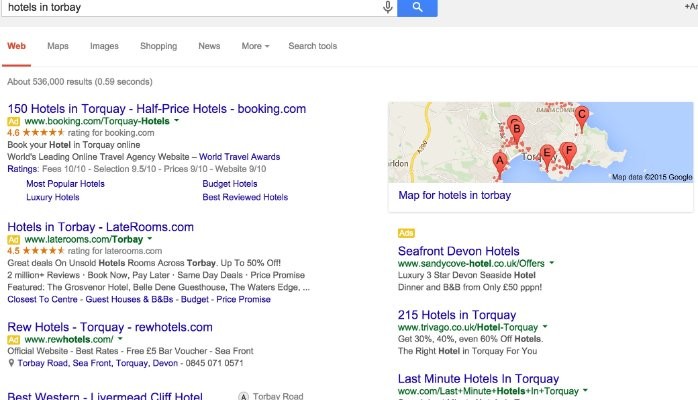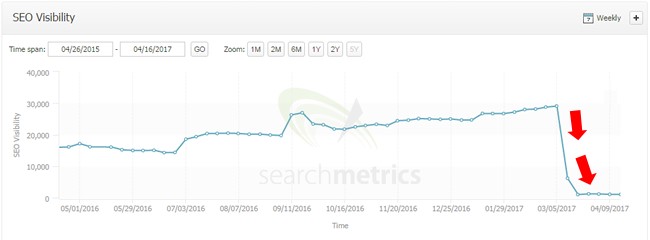In March 2017, the SEO community was abuzz with discussions about a new Google algorithm update that seemed to target low-quality websites. This update, later dubbed “Google Fred,” was not officially confirmed by Google initially, but its effects were undeniable.
Let’s dive deep into what Google Fred is, its impact, and the subsequent updates and strategies to stay ahead in the SEO game.
What is Google Fred?
Google Fred is an unofficial name given to an algorithm update that rolled out around March 8, 2017. The name “Fred” was coined jokingly by Google’s Gary Illyes on Twitter, and it stuck within the SEO community.
While Google did not provide detailed information about the update, it became clear through analysis that Fred primarily targeted websites that prioritized monetization over user experience.
Key Characteristics of Sites Affected by Fred
After the update, SEO experts and webmasters started to identify common traits among the sites that were negatively impacted. These characteristics included:

- Heavy Ad Placement: Sites with an excessive number of ads, particularly those that were intrusive and disrupted the user experience, were hit hard.
- Thin Content: Pages with low-quality, thin content that provided little value to users were targeted.
- Aggressive Affiliate Links: Sites overly reliant on affiliate links, especially when the content seemed to exist solely to drive these links, saw a drop in rankings.
- Deceptive Ads: Ads that mimicked the site’s content or misled users were penalized.
- Low-Quality Backlinks: Sites with spammy or irrelevant backlinks were affected, indicating that the update also considered link quality.
Also look how Google Venice Algorithm focused on enhancing the incorporation of local search results into the organic search listings.
The Impact of Google Fred

The impact of Fred was significant for many websites, especially those that relied heavily on ad revenue. Sites that had previously enjoyed high rankings saw their traffic plummet. For some, this was a wake-up call to reassess their SEO strategies and prioritize user experience over quick monetization tactics.
Read Why and How Google Hummingbird update was a transformative moment in the history of SEO.
Analysing Fred’s Updates and Evolution
While Google Fred itself was a major update, it was part of a broader trend of algorithm updates aimed at improving search quality. Here’s a look at how the principles behind Fred have evolved and influenced subsequent updates:
1. Focus on Quality Content

Post-Fred, there was a clear emphasis on quality content.
Google’s core updates continued to prioritize content that is informative, well-researched, and genuinely helpful to users. Websites that invested in high-quality content saw long-term benefits.
2. User Experience and Ad Placement
Fred underscored the importance of user experience.
This theme persisted in later updates, with Google penalizing sites with intrusive interstitials and poor mobile usability. The better the user experience, the higher the chances of maintaining good rankings.
3. E-A-T (Expertise, Authoritativeness, Trustworthiness)
Although the concept of E-A-T was formally introduced in Google’s Search Quality Evaluator Guidelines in 2018, its principles were evident in Fred.
Websites that demonstrated expertise, authoritativeness, and trustworthiness in their content tended to fare better.
Discover how Google RankBrain update , the power of AI, can enhance your digital marketing strategy.
Strategies to Recover and Thrive Post-Fred

If your site was impacted by Fred or if you want to future-proof your SEO strategy, consider the following steps:
- Audit Your Content: Review your content for quality and relevance. Remove or improve thin content and ensure your articles provide genuine value to users.
- Optimize Ad Placement: Balance monetization with user experience. Avoid excessive or intrusive ads, and ensure they do not hinder navigation.
- Enhance User Experience: Focus on improving site speed, mobile usability, and overall user experience. A smooth, enjoyable browsing experience can positively impact your rankings.
- Build Quality Backlinks: Focus on acquiring high-quality, relevant backlinks. Avoid spammy link-building tactics that can lead to penalties.
- Establish E-A-T: Demonstrate expertise, authoritativeness, and trustworthiness. Highlight author credentials, cite reputable sources, and ensure your content is accurate and reliable.
Conclusion
Google Fred was a pivotal update that highlighted the need for a balanced approach to SEO, where user experience and quality content take precedence over aggressive monetization tactics. As Google continues to refine its algorithms, adhering to these principles will help ensure sustained success in the ever-evolving world of search engine optimization.
Stay informed, adapt your strategies, and always prioritize providing value to your users.
Also Read :



